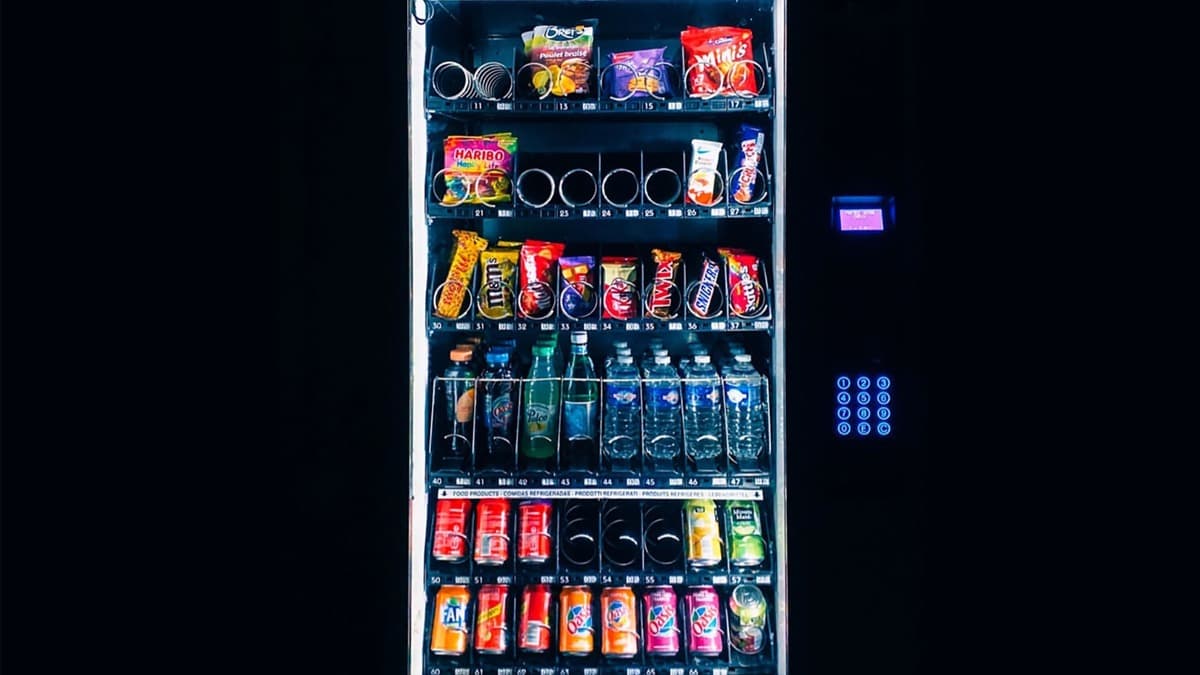Despite ongoing economic turbulence and global supply chain challenges, many retail segments have found a way to not only survive but thrive.
While the costs of fuel, labour, and goods are all still on the rise, certain sectors and business operators are learning to get creative to capitalise on market gaps and meet new customer demands.
For convenience store owners who are still recovering from the pandemic, it is now necessary to develop sustainable and resilient sources of revenue. Perhaps unexpectedly, vending machines may be the solution, an alternative revenue stream that can persist in times of economic downturn.
Consider that the average profit margin of a vending machine is around 20 percent, because consumers are generally willing to pay more for convenience, speed, and accessibility. Moreover, because vending machines are stocked in bulk, it’s also cheaper for the vendor to purchase the items in the first place.
With vending machines, convenience store owners have discovered an opportunity to boost profitability and revenue to salvage their storefronts. Here’s how.
Diversified product models
The classic vending products are tried-and-true: cola, candy, and coffee have been staples in the vending industry for years. But vending machines nowadays go far past the traditional snacks for some interesting and unusual offerings.
First, consider your customers: if you see a lot of families and children, perhaps toy vending could be beneficial for your store. If you’re next to a pet store, an automated name tag machine could add a unique form of revenue specific to your location.
A good place to look for inspiration is your own sales: what’s in demand, and will it work in a self-service application? Anything you might notice is popular on your shelves that can be stocked into a vending unit is an opportunity to enhance sales. Consider those and other items you can buy in bulk to increase your profit margin.
Another aspect is to look at products with a low cost to produce and high profit margins. One great example is ice. Ice costs 7 to 25 cents to produce for a product you can sell at a 98 percent profit margin while still providing competitive and affordable pricing to your customers.
Responding to market concerns
The outbreak of COVID-19 created a rapid cultural shift in the way we shop. More than ever, safe, simple, and sanitary options are at the forefront of everyone’s minds, which is an ideal climate to deploy vending machines at scale. Not only does vending offer social distancing, but the products inside are often handled less than in traditional delivery supply chains. While consumers today are generally less worried about no-contact sales and delivery than the early days of the pandemic, vending offers solutions to other economic issues in the marketplace.
For one, amid the Great Resignation and climbing costs of labor, retailers and small business owners are struggling to retain enough staff to keep up with demand. They have difficulty hiring staff and then paying them adequately in times of record low profits, particularly as traditional brick and mortar stores struggle to keep up with the online marketplace.
Fortunately, vending machines are perfect for alleviating this issue because they require no additional employees. Plus, many vending options offer minimal maintenance requirements so you can save time and money while still meeting customers’ needs efficiently. This gives vending significant advantages over the online delivery model: no additional labor cost for businesses, and instant access for consumers, as opposed to waiting for delivery or even lengthy checkout queues.
Better pricing and more product
Right now, consumers everywhere are worn out from price hikes across every industry. That’s how convenience store operators can stand out from the competition by offering customers more value for their money.
This works particularly well for on-demand vending machines, which create the product custom as you order it. Think of those vending machines that pour your coffee for you. Or, again, a bag of ice. Vended ice offers the customer 30 percent more product than a prepackaged bag on average and at a lower price – and it costs the machine operator less than the delivered alternative. That’s because pricing pressures and shipping costs have decreased the average bag of ice from ten pounds to seven pounds, without the pricing model really changing at all.
But back to vending machines: better pricing, more product, and it doesn’t cut into your profit margins. That’s a win-win for you and your customers. Plus, convenience store operations can earn a reputation for offering these affordable prices which will drive more traffic to the storefront.
The vending industry has innumerable options, so the most important step is to do your research and discover what the best choice will be for your convenience store, in good times and in bad.
Keep up to date with our stories on LinkedIn, Twitter, Facebook and Instagram.

